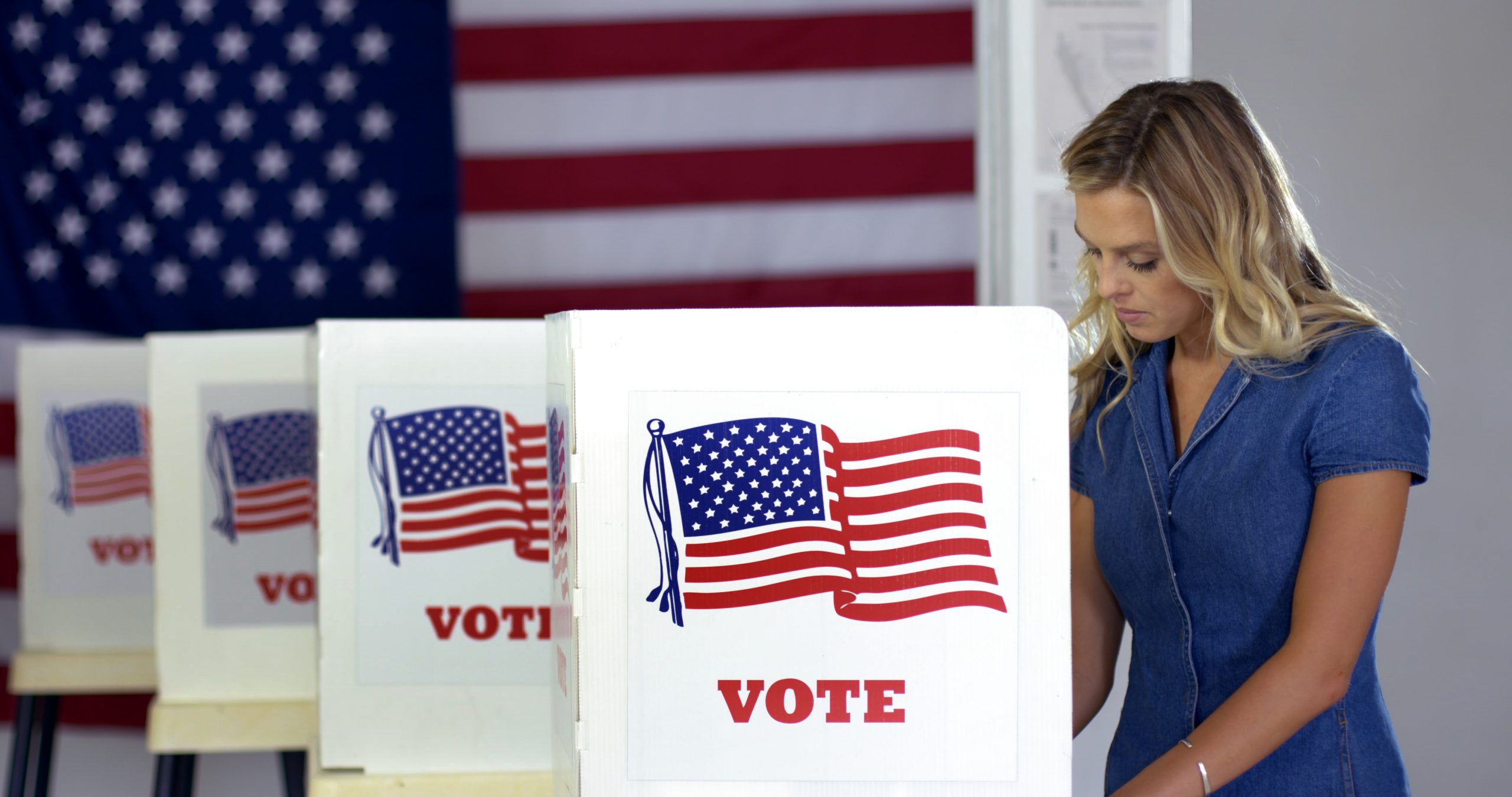How America Can Restore Confidence in its Elections

There is little doubt that President Trump, before both the 2016 and 2020 elections, did all he could to undermine confidence in their results. In 2016, he was abetted by his opponent, whose delayed and graceless concession was followed by state recounts ostensibly requested by the hopeless Jill Stein campaign but also abetted by that of Mrs. Clinton.
Trump’s current challenge to results, though supported by little evidence, is a harbinger of things to come, since the massive additional use of early and postal ballots, understandably adopted because of the virus crisis, creates opportunities for future fraud, bribery, or manipulation if perpetuated as a routine matter. The willingness of many Republican elected officials to support the challenges is itself a product of political dysfunction resulting from the nationalization of campaign finance resulting from ‘reform’ legislation and the gerrymandered and highly polarized districts resulting from the reapportionment decisions and the second Voting Rights Act. Rational reform requires attention to causes as well as symptoms.
What are the needed reforms—almost all within the power of the states and the Supreme Court—that don’t require a constitutional amendment?
First, return to election day voting for nearly all ballots, assisted by state legislation making it a paid holiday. The United States lags behind most nations in the world in the number of paid holidays and has one of the longest average work weeks, so this does not cast an undue burden on employers.
Second, limitation of ‘early voting’ to the Saturday before election day, eliminating the danger of the ‘cooping’ of voters that in an earlier time killed Edgar Allen Poe. In our time, games are played with the siting of early voting places in the neighborhoods favored by local political majorities. If there were only one early voting day, on a weekend, all precincts could be opened for that purpose, and all voters would be voting on the same state of facts without distortions resulting from intervening events.
Third, insistence on the sanctity of the secret or Australian ballot, which does not exist for remotely cast ballots which can be cast by persons other than the voter, or cast for monetary reward. The latter danger requires that cell phones, tablets, and ‘selfies’ be prohibited in voting booths, as they are in at least a dozen states. In August 2020, the ever-helpful Hillary Clinton endorsed the pernicious practice of taking ‘selfies’ of marked ballots. The limited number of absentee ballots cast by travelers and the infirm should be subject to stringent safeguards, including delivery by election day, and limitation on the number of ballots that a single person may witness.
Fourth, obvious safeguards against impersonation, including purges of voter rolls every two years by comparison of precinct lists and voting records with the Social Security death index.
Fifth, identification requirements. Persons not producing a voter I.D.–issuance of which was facilitated for drivers and welfare recipients by the Motor Voter law–should be photographed and fingerprinted at the polling place and their votes segregated and counted separately, subject to later challenge. The resulting records should be useable for election purposes only. Even third-world countries think it appropriate to mark the hands of persons who have already voted.
Sixth, insistence on the principle, set forth in Chief Justice Rehnquist’s concurrence in the Bush v. Gore case and at issue in the Pennsylvania case on the Supreme Court’s docket, that election rules be changeable only by legislatures, not by courts, lest state courts be dragged even further into the ‘political thicket’ adverted to in Justice Frankfurter’s dissent in Baker v. Carr. Insistence also on the proposition that challenges to election laws and arrangement of ballots be brought before and not after elections.
Eighth, relaxation by the courts–or if need be by federal legislation–of the requirement of exact numerical equality in redistricting and reapportionment, in favor of a rule which would allow unlimited disparities in district size resulting from the use of political subdivisions or pre-determined combinations of political subdivisions to define districts. The change should be adopted so long as seats are apportioned among districts according to the method of equal proportions used in apportionment of the House of Representatives among states, and so long as a specified minimum of voters (43% or 45%) is necessary to elect a majority of the seats being apportioned. An article by Professor Michael McConnell makes the case for this reform (24 Harvard J. of Law and Public Policy 103 [2000]); something very much like it was nearly adopted by the Supreme Court in the little-noticed case of Brown v. Thomson, 462 U.S. 835 in 1983.
These changes are not designed to, and will not, disadvantage Democrats and racial minorities. In the short run, they may somewhat diminish the number of black congressmen, particularly those who Professor Lani Guinier deems to be “authentic”. In the long run, they will reinforce the bonds uniting representatives with all the citizens of their districts, and with local governments.
George Liebmann is the author of numerous works on law and history, most recently America’s Political Inventors: The Lost Art of Legislation (Bloomsbury 2019).